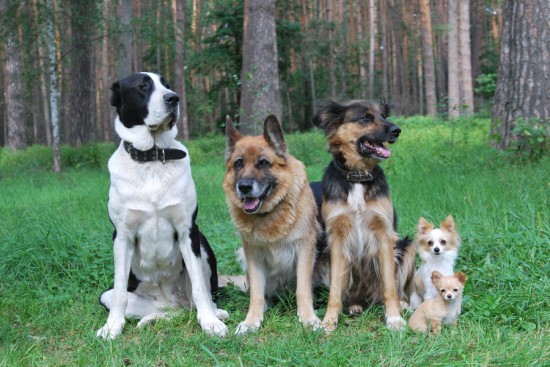Dog instruction is the process of teaching a dog to display certain preferred dog conduct in specific conditions. Training your dog should absolutely be a top priority. Fundamentally, dog training and dog behavior are about interaction. The purpose of puppy schooling is to build a connection between puppy and family and to enjoy the process. Puppy instruction should ALWAYS be enjoyable for your puppy, so if you or your dog begin to get tired take a rest and come back to it later.
Compliance, herding, agility, tracking, retrieving, hunting, guard, and schutzhund are customary areas of dog training. Training community skills is a continuous process. Training commences the moment your pup comes home. Waiting until the puppy is older and has previously learned undesirable habits makes the instruction much more challenging.
All puppy training must be founded upon educating the puppy, which is, developing instincts and drawing out accidental and acquired habits. Bribery can also be a great puppy training technique. In dog training, the term "bribery" means that the puppy is conscious of the presence of the reward before he is asked to accomplish the command. Don抰 be discouraged if it seems you are not getting anywhere with your puppy training, because it generally takes us longer to learn how to instruct our dogs than it does for our puppies to be trained. The hardest part of training is communicating with the puppy in a humane way that he understands.
The emotional state of the puppy is an important concern in directing the training, as a dog that is harassed or unfocused will not learn efficiently. Failure to reward after the reward marker diminishes the value of the reward marker and makes training more difficult. Most training revolves around giving the dog consequences for his behavior, in the hope of influencing the behavior the dog will exhibit in the future.
Most modern trainers say that they use "positive training methods", which is a different meaning of the word "positive" from that in operant conditioning. 揚ositive training methods" generally means preferring the use of reward-based training to increase good behavior to that of physical punishment to decrease bad behavior. The object is to produce a dog that will perform even on occasions that the handler has no reward to offer, since the dog's training has taught him that the handler may have a reward even if the dog cannot see it.
Electronic dog training collars are valuable tools that do no harm your dog. As is often the case, these puppy training shock collars can be used for a variety of training regimens, including but not limited to, hunting exercises, agility training, pet containment, anti-barking and more. Although shock collars are not dangerous to dogs, you should always use careful prudence in implementing any dog-training program. There is a considerable portion of dog training, which is actually thinly disguised abuse. Although puppy training can be hard at times, it抯 essential that you remember to keep things upbeat for you and your puppy at all times.

 Picking The Best Breed Or Type Of Dog For You
Picking The Best
Picking The Best Breed Or Type Of Dog For You
Picking The Best
 Stick Insects - Do They Make Good Kids Pets?
Stick Insects - D
Stick Insects - Do They Make Good Kids Pets?
Stick Insects - D
 Now drones to track, search and find your pets
Now drones to track, search and find your pets
Now drones to track, search and find your pets
Now drones to track, search and find your pets
 Pet Friendly Community in Dubai
Pet Friendly Community in Dubai
Notwithstandin
Pet Friendly Community in Dubai
Pet Friendly Community in Dubai
Notwithstandin
 Dog Skin Cancer; A Silent Killer
Sure, we know all about the risks of skin cancer when it
Dog Skin Cancer; A Silent Killer
Sure, we know all about the risks of skin cancer when it